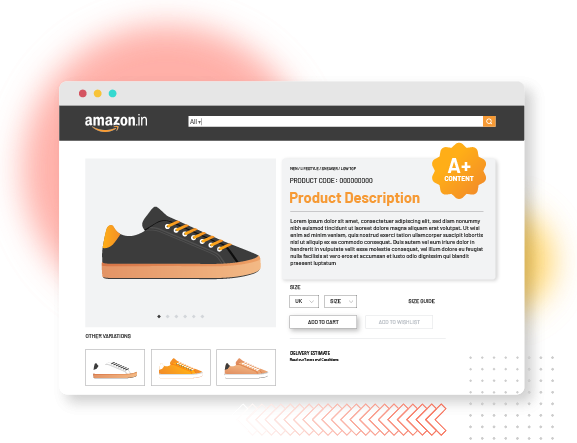
34% of customers make unplanned purchases when presented with personalized content marketing inputs. This statistic shows that when information resonates personally, it drives action. Website content has a unique ability to shape user experience (UX), influencing everything from how visitors feel about your brand to whether they stick around long enough to take action.
Every part of a website has a purpose—crafted to either inform, guide, or engage through effective content marketing. When content is thoughtfully structured and strategically placed, it creates an intuitive path for users. It helps them locate information effortlessly, strengthens their trust, and subtly nudges them toward that all-important "yes."
In this blog post, we'll dive into three core themes of website content writing that can help your e-commerce brand not just ride but thrive in the digital wave: User Experience Content, SEO-Driven Content, and Conversion-Oriented Content.
Let's explore how each theme can enhance your website, attract the right audience, and turn visitors into loyal customers.
Content under this theme prioritizes guiding users through the website intuitively, ensuring their experience is smooth, informative, and visually appealing. When users feel understood, they're more likely to engage and return.
Above the fold is where you capture attention fast. You've got about 3–5 seconds to communicate what makes your brand unique. Consider Shopify’s landing page (see image): clean, focused, and actionable. The bold headline, “Be the next one to watch,” combined with the CTA, “Start free trial,” compels users to take action. The message is clear, direct, and free of distractions.

Below the fold is where the details live. Here, you can offer deeper information for users ready to scroll.
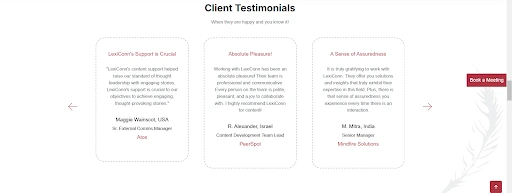
Case studies, customer testimonials, or product features work well here, providing that extra nudge to build trust. Nike does this beautifully by showcasing customer reviews and product stories under the fold on their product pages, reinforcing value through authentic voices.
A well-structured menu and breadcrumb trail improve user experience by simplifying navigation, especially in e-commerce, where users quickly want to locate products. Usability studies show that 88% of users are less likely to return to a site after a bad experience with site navigation.

Some common elements to consider:
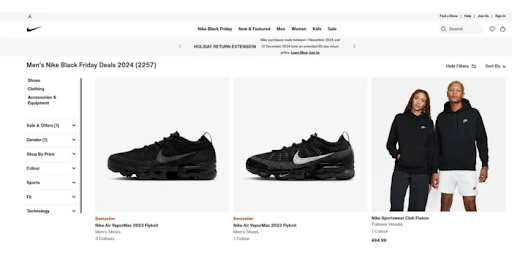
For e-commerce, clear, well-organized product and category descriptions serve as guides to help customers understand key features and benefits. Include keywords naturally, but ensure the descriptions sound conversational and engaging.
Example:
Nike’s website serves as a perfect illustration. The category page organizes products like shoes, socks, and apparel into intuitive groups with descriptive titles like "Sustainable Materials" and "Bestseller."
Each product description briefly but effectively captures the core benefits.
By focusing on how users feel, navigate, and decide, you create a website that not only attracts but keeps visitors engaged. And when UX content resonates, it paves the way for brand loyalty, repeat visits, and long-term growth.
Content marketing strategies for SEO in 2024 looks very different from just a few years ago. Google's recent updates, like the Helpful Content Update and SpamBrain, target sites that used SEO "shortcuts." No more keyword stuffing, hidden text, or low-quality backlinks.
The future of SEO is about authenticity and value. Google now rewards content that serves a real purpose and aligns with the user's search intent. It's a shift toward content that's relevant, informative, and trustworthy.
Google E-A-T stands for Expertise, Authoritativeness, and Trustworthiness—three key factors that Google considers when evaluating the quality of content on a website, especially for "Your Money or Your Life" (YMYL) topics, which can affect readers' health, financial well-being, or overall life stability.
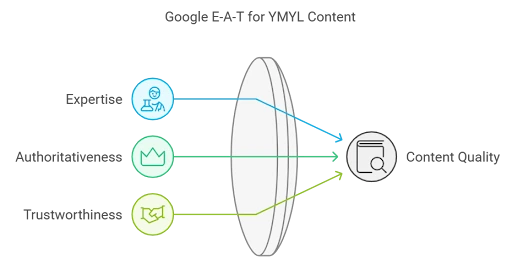
So, what does this mean for businesses? It's time to refine your SEO approach. Focus on understanding user intent, organizing content for easy scanning, and building credibility with quality backlinks.
Selecting an SEO tool can be overwhelming. With so many options, each with unique features and pricing, where do you start?

Here's a quick guide to help you choose:
SEO tools used to come with high costs, sometimes $500 or more per month. Today, robust tools like Ahrefs and SEMRush make it affordable to manage SEO in-house with plans starting around $100.
Google's updates reward content that's keyword-friendly, but not keyword-stuffed. Primary keywords should appear naturally in titles, headers, and the first paragraph. Think flow, not force.
Use long-tail keywords to capture niche search intent. These keywords are less competitive and reach users with specific needs. They're great for driving qualified traffic—exactly what your business wants.
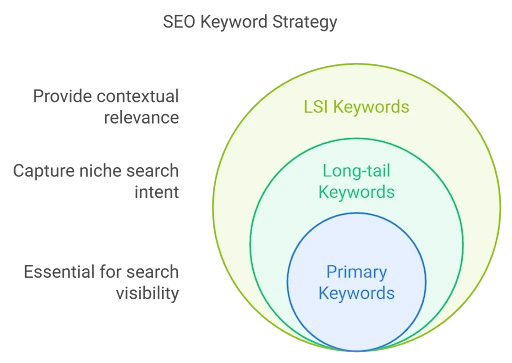
Latent Semantic Indexing (LSI) keywords provide context to your main keyword. They're words and phrases related to your topic, giving your content a more natural feel. LSI keywords make your content look well-rounded and user-friendly.
Good SEO is also about user experience. Structure your content with headers, bullet points, and short paragraphs. A clean, organized page is easier for users to read—and Google notices that, too.
Every image should include alt text with descriptive keywords. This not only supports accessibility but also boosts SEO. Visuals like infographics and videos can also help reduce bounce rates, especially if they keep users on the page longer.
Internal and external links are powerful SEO and content marketing tools when used right. Internal links guide users to other relevant pages on your site. This helps them explore more content and signals importance to Google.
Linking to authoritative sources builds your credibility. It tells Google that your content is backed by reputable references, which can improve your rankings. Just remember: quality over quantity.
This content marketing theme is tailored to drive conversions—whether that's turning visitors into customers, leads, or loyal readers. According to a study, well-designed content that aligns with UX principles can increase conversions by up to 200%. By crafting content that aligns with user intent, you can strategically guide users to take action.
Conversion-oriented content should flow with the website's design. A cluttered layout or conflicting design elements can turn a potential buyer away. Take Amazon's product pages as a classic example: every element, from reviews to "Frequently Bought Together," supports the main CTA to "Add to Cart." There's no clash between design and content. It's all about enhancing the buying journey, making it easy for the user to move from interest to action without a second thought.
Conversion-oriented content marketing is a blend of strategy, design, and user psychology. Each CTA, testimonial, and landing page element plays a role in guiding the user towards a final action. With focused, purposeful content and the right tools to track performance, businesses can turn visitors into loyal customers with ease.
Content marketing is more than just words—it's your website's backbone. Thoughtfully crafted user experience (UX) content guides users, well-executed SEO-driven content marketing efforts amplify your reach, and conversion-oriented content turns visitors into loyal customers. By aligning these three content marketing themes, e-commerce brands can create seamless, meaningful user journeys that drive engagement and growth.
As a leading content marketing agency in India, LexiConn also offers a free 30-minute consultation session to help you with your content strategy.
Discover how our expert SEO copywriting services can propel your business forward.
Visit us at ">www.lexiconn.in or drop us a line at [email protected].



I have read and accept the Privacy Policy
Read More